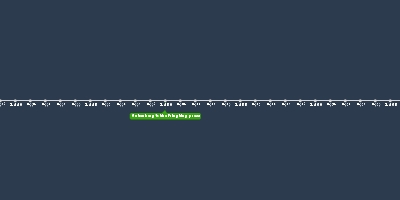THE RENAISSANCE AND REFORMATION (12 gen 1500 anni – 1 gen 1545 anni)
Descrizione:
During the medieval period the Catholic Church based in Rome and under the leadership of the pope served as a major source of unity for Europeans, however this began to change in the 1500s.The Renaissance’s emphasis on individualism and secular pursuits laid the foundation for a major change in the religious landscape of Europe.
- Some Catholic clergy, in part influenced by the ideas of the Renaissance, began to live lavishly off of the money collected by the church.
- The clergy had access to vast amounts of wealth in the form of church tithes, rents collected from church lands, and business ventures operated by Catholic monasteries.
- Many clergy members used this wealth to live lavish lifestyles that alienated church leadership from the laity.
- This alienation was further aggravated by the presence of many poorly educated priests and monks.
- This situation led to widespread frustration among church members.
In 1517 Pope Leo X authorized the sale of indulgences to fund the rebuilding of Saint Peter’s Cathedral in Rome.
- An indulgence served as a pardon for sins, allowing the purchaser to avoid the penance or “good works” normally required by believers for forgiveness.
- While an indulgence was not supposed to replace God’s right to judge, Catholics were given the impression that they could purchase a free pass to heaven for themselves or a loved one.
Martin luther
The sale of indulgences provoked Martin Luther, a Catholic monk, to act.
On October 31, 1517 Martin Luther posted the 95 Theses on the door of a church in Wittenberg, Saxony (part of modern Germany).
-In this document, Luther explained his grievances with the corruption he saw in the Catholic Church.
- The 95 Theses was taken to a printer and circulated widely in the German states.
Luther quickly gained a vast following of discontented believers.
- The monk went on to develop a theology that undermined the authority of the Catholic clergy.
- These beliefs included justification by faith. According to this principle, believers could win forgiveness with faith alone, no “good works” or penance was required.
- Further, Luther argued that the only true source of religious truth was the Bible arguing that lay people could study the Bible and become righteous Christians without the help of the Catholic clergy.
- Initially, Luther hoped to draw attention to the corruption in the church in the hopes of bringing about reform but the pope’s response drove Luther out of the church all together.
_In January of 1521, Martin Luther was excommunicated and thereafter a new Christian faith was born: Lutheranism.
_With time and after much violence much of what is today northern Germany and Scandinavia became Lutheran.
john Calvin
Martin Luther’s protest inspired many others including John Calvin who published Institutes of the Christian Religion in 1536.
- In this work, Calvin developed a theology that argued that humanity was sinful by nature and that God predetermined which people would achieve salvation at the beginning of time.
Calvin argued that the “elect” (people chosen by God for Heaven) should come together to form a utopian community free of sin.
- Calvin helped build this community in Geneva Switzerland in the 1540s.
-Calvin’s success in Geneva inspired others to take his faith to other regions.
The Presbyterians of Scotland, the Huguenots of France, and the Puritans of England were all born out of Calvinist theology
Aggiunto al nastro di tempo:
Data:
12 gen 1500 anni
1 gen 1545 anni
~ 45 years
